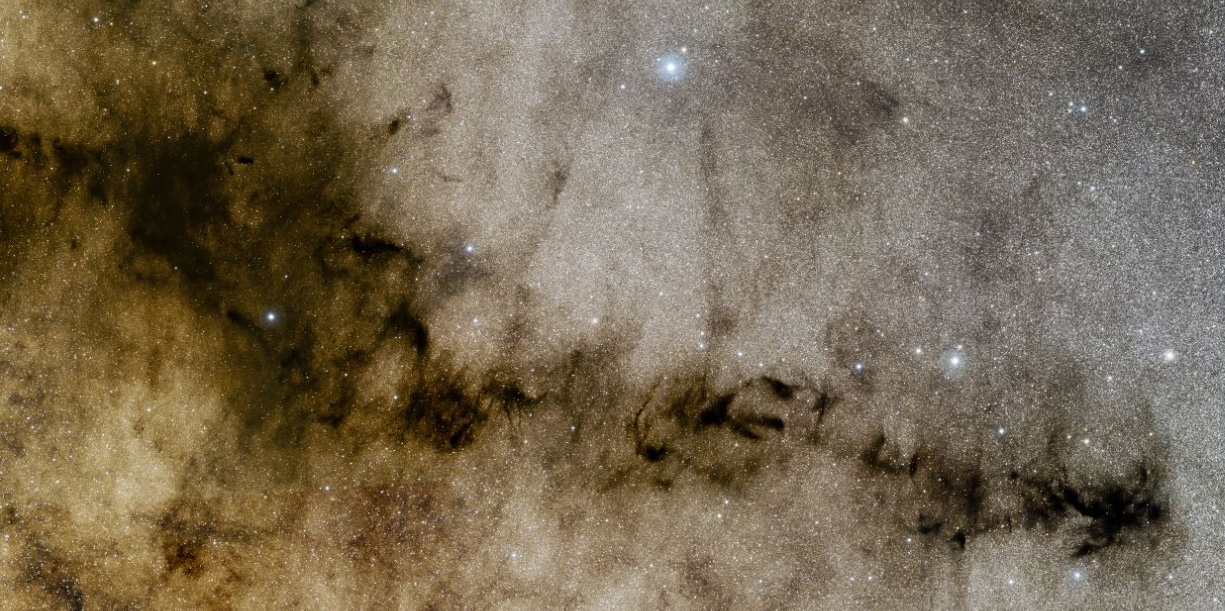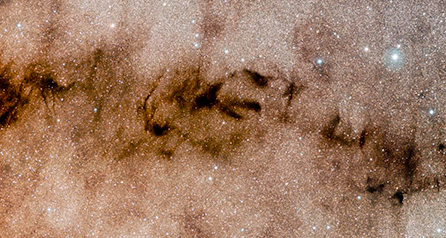The star distribution in clusters is established long before stars begin to shine
The stars, and the groups that form (clusters and galaxies), are the main engine of almost all the processes studied in astrophysics. However, the star formation is still considered an open problem, especially regarding the initial conditions that lead to a large gas cloud to break up into fragments, or pre-stellar cores, which will form stars. A work, led by the Institute of Astrophysics of Andalusia (IAA-CSIC) in collaboration with the Institute of Astronomy of the UNAM (Mexico) has helped to reduce the problem, finding that the distribution of stars in a cluster is dictated by the density of those primary nuclei.
"Astronomers handle certain constants that predominate in the formation of stars," says Emilio J. Alfaro, a researcher at the IAA-CSIC who leads the study, "For example, the number of stars per mass interval in a cluster follows a very well defined function, which does not seem to vary even among nearby galaxies. We also see that the most massive stars are concentrated in the center of very young clusters, and closer to each other than the less massive stars, what we call spatial mass segregation".

But, how and when is this geometry of star formation generated?
The process of star formation begins with the gravitational collapse of a massive and cold cloud of gas. The mass inside the cloud is not evenly distributed, but forms similar and transient structures (something like the clouds of water vapor in our atmosphere), representative of a balance of forces in the gas.
When the balance is broken, the densest and most massive areas of the cloud begin to contract, accreting matter from the surroundings and giving rise to the pre-stellar nuclei. If gravity overcomes the pressure of the gas in these nuclei, we will soon be observing protostars, which will begin to generate nuclear reactions in their cores and to evolve towards the adult phase. Once the stars are born, gravity governs the dynamic evolution and spatial distribution of the stars.
 "Known the general scenario, several questions arise: when does spatial segregation take place? Is it associated with the dynamic evolution of newly formed stars or, on the contrary, does it have a primitive character associated with the initial distribution of dense nuclei?", points Alfaro (IAA-CSIC).
"Known the general scenario, several questions arise: when does spatial segregation take place? Is it associated with the dynamic evolution of newly formed stars or, on the contrary, does it have a primitive character associated with the initial distribution of dense nuclei?", points Alfaro (IAA-CSIC).
To address these issues, researchers analyzed the spatial distribution of the density peaks in the Pipe, a gas cloud that has several pre-stellar cores and is an ideal cosmic laboratory to study the initial conditions of star formation.
The results, which are published today in the Monthly Notices of the Royal Astronomical Society, show that the Pipe nuclei are segregated not only by mass but, more conclusively, by their internal density. "This result highlights the primordial nature of spatial segregation and points for the first time to the density of nuclei as the main physical variable that draws the initial map of star formation," concludes Emilio J. Alfaro (IAA-CSIC).
E. J. Alfaro, C. G. Román-Zúñiga. "Primordial mass and density segregation in a young molecular cloud". Monthly Notices of the Royal Astronomical Society, Oxford University Press.
Instituto de Astrofísica de Andalucía (IAA-CSIC)
Unidad de Divulgación y Comunicación
Silbia López de Lacalle - sll[arroba]iaa.es - 958230532
http://www.iaa.es
http://www-divulgacion.iaa.es

